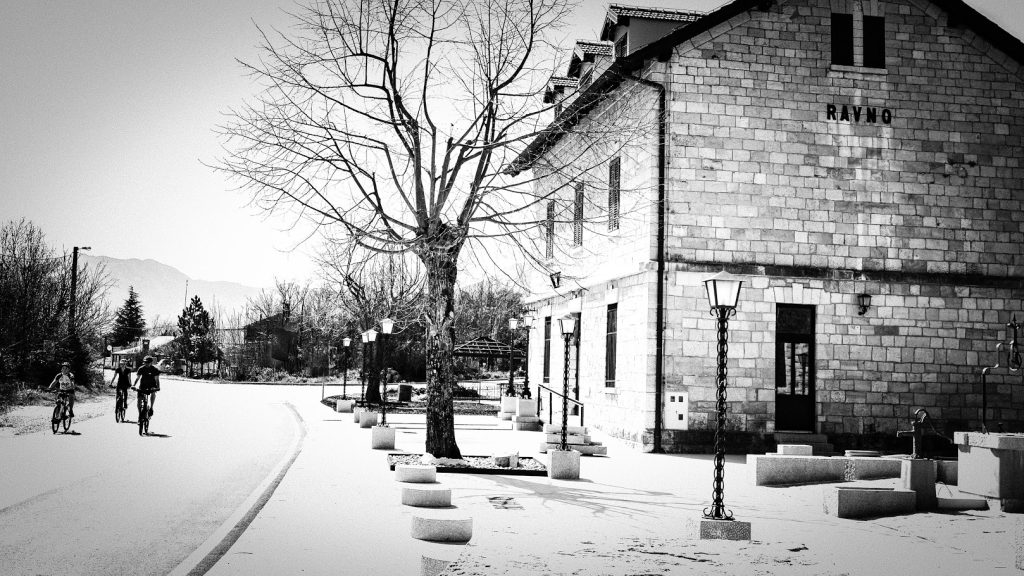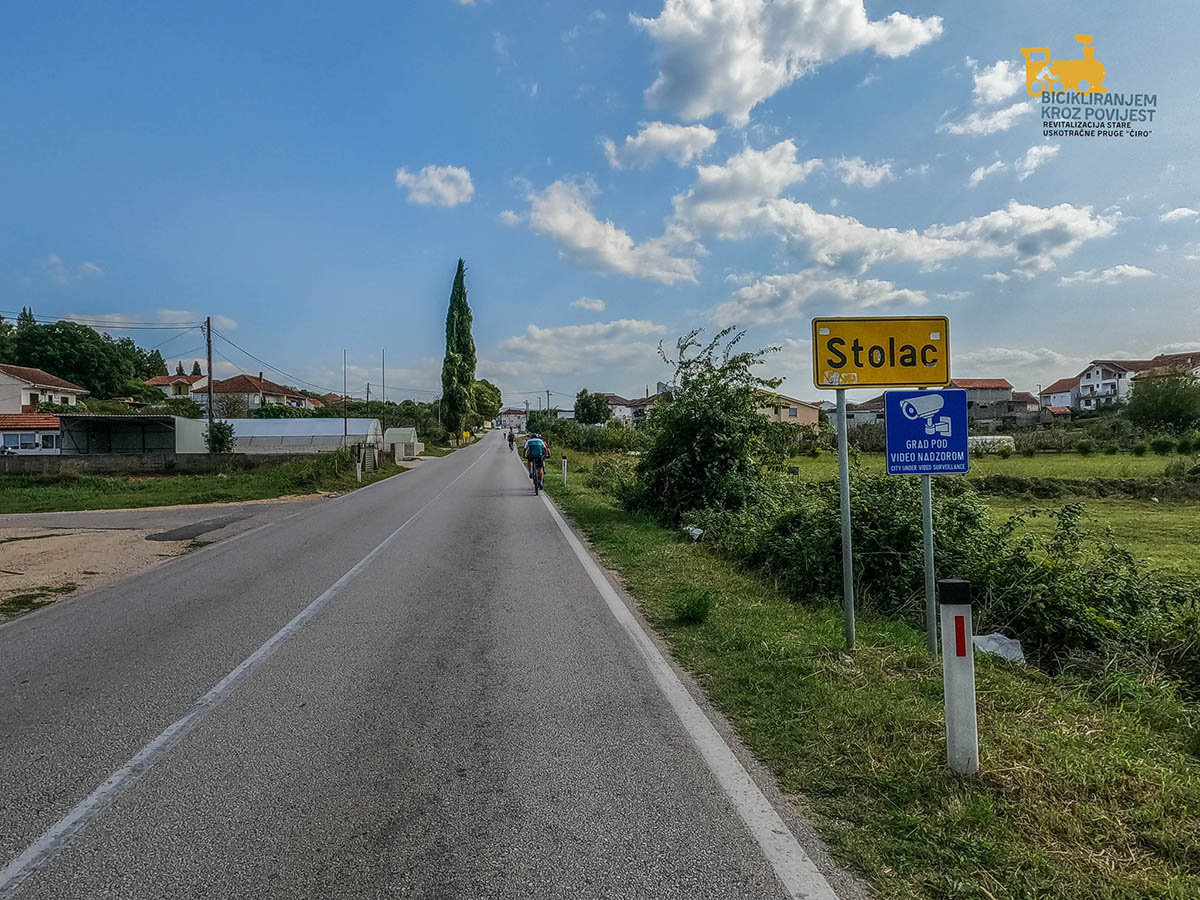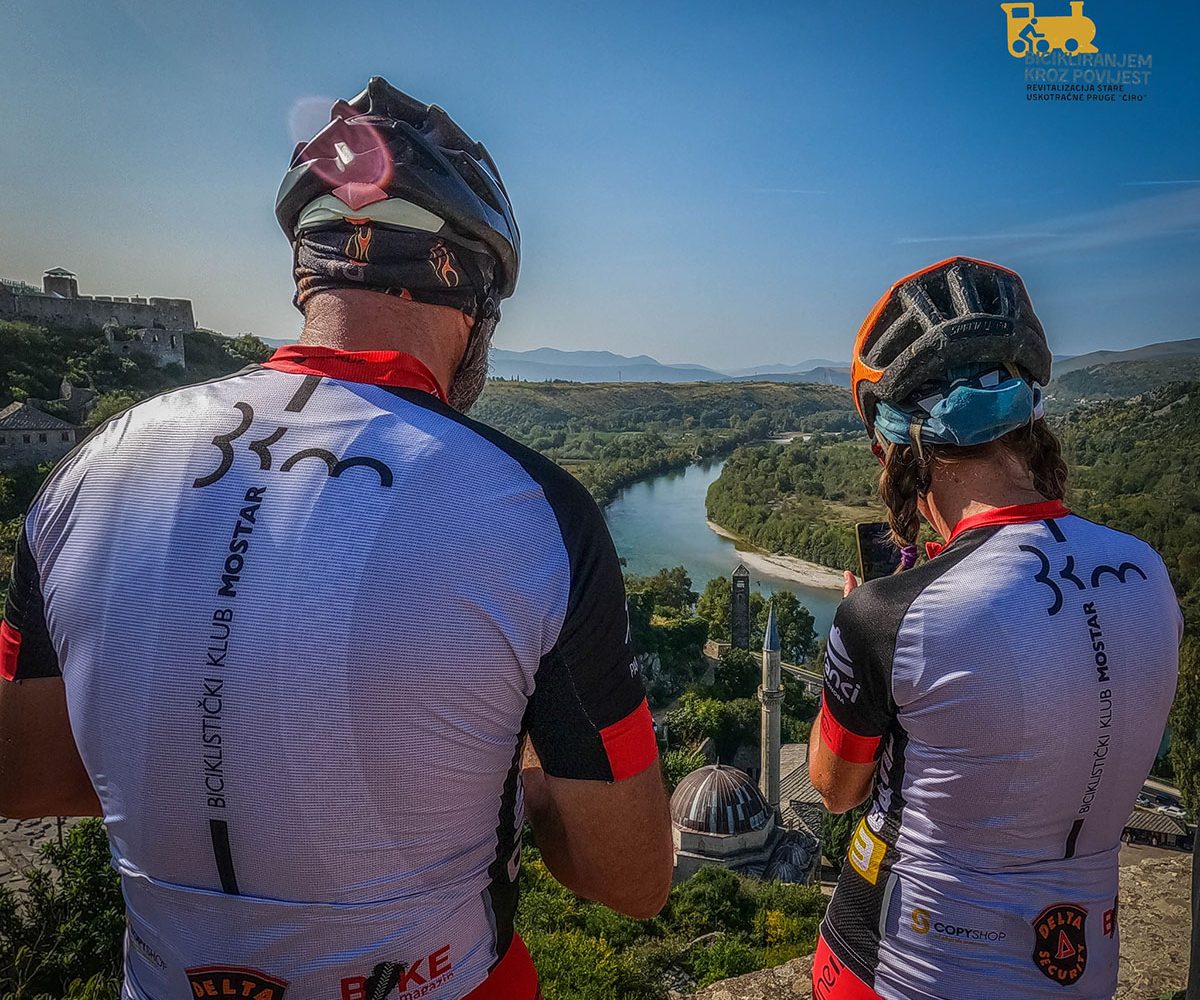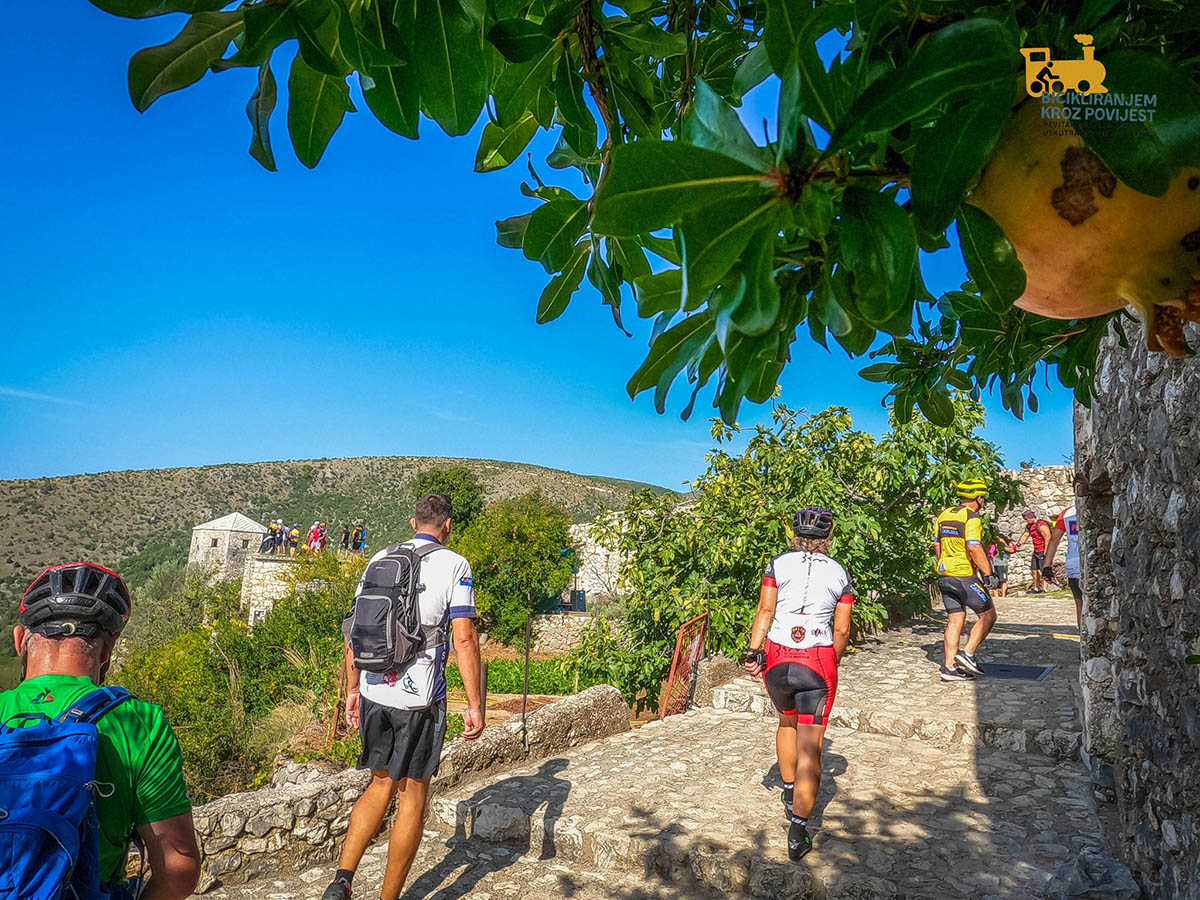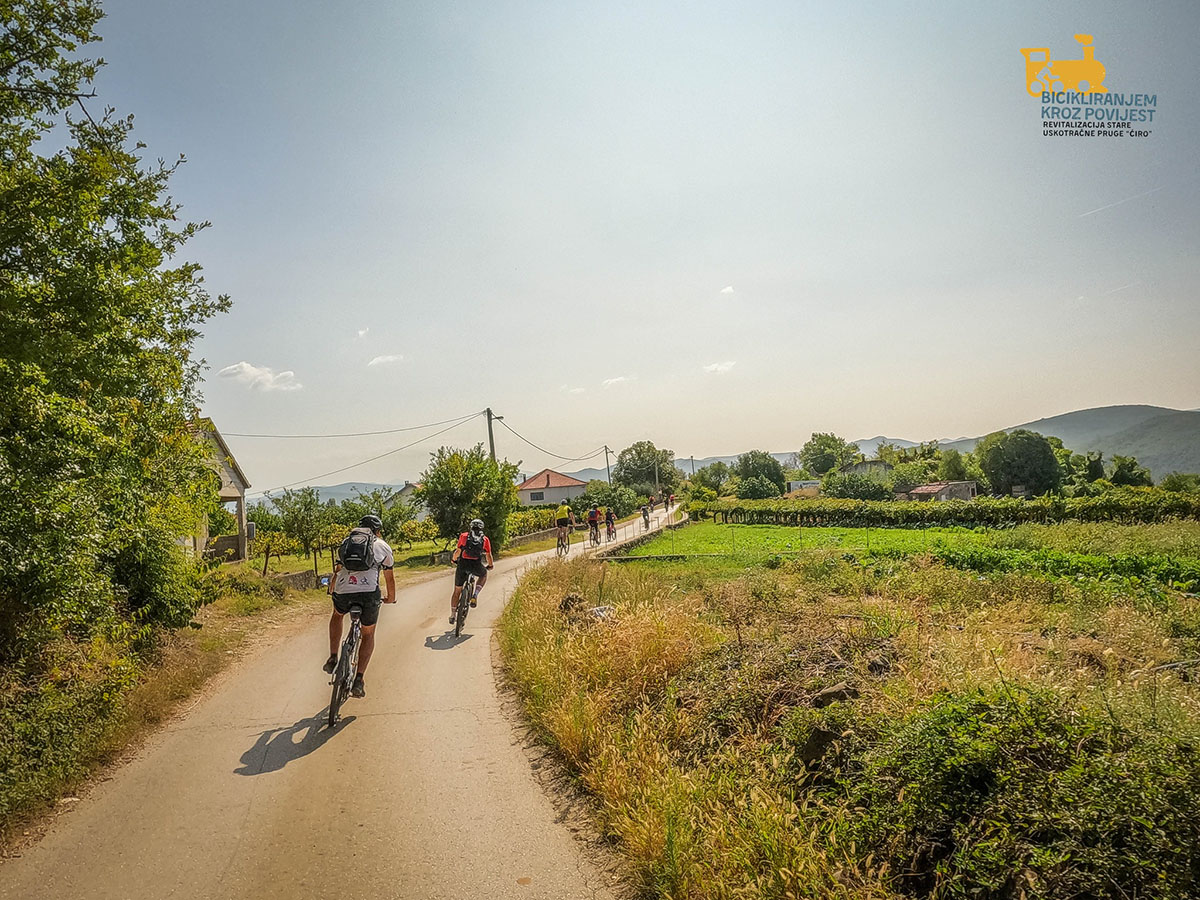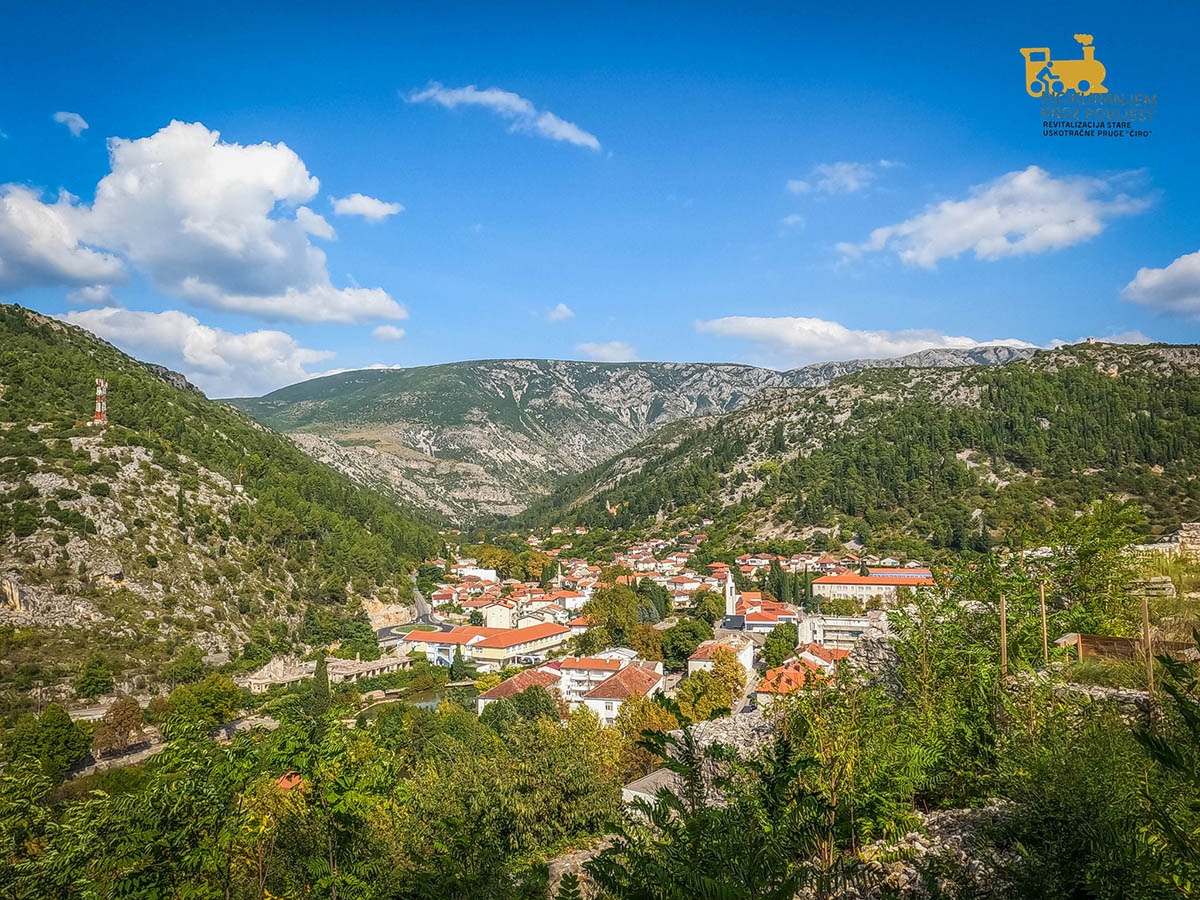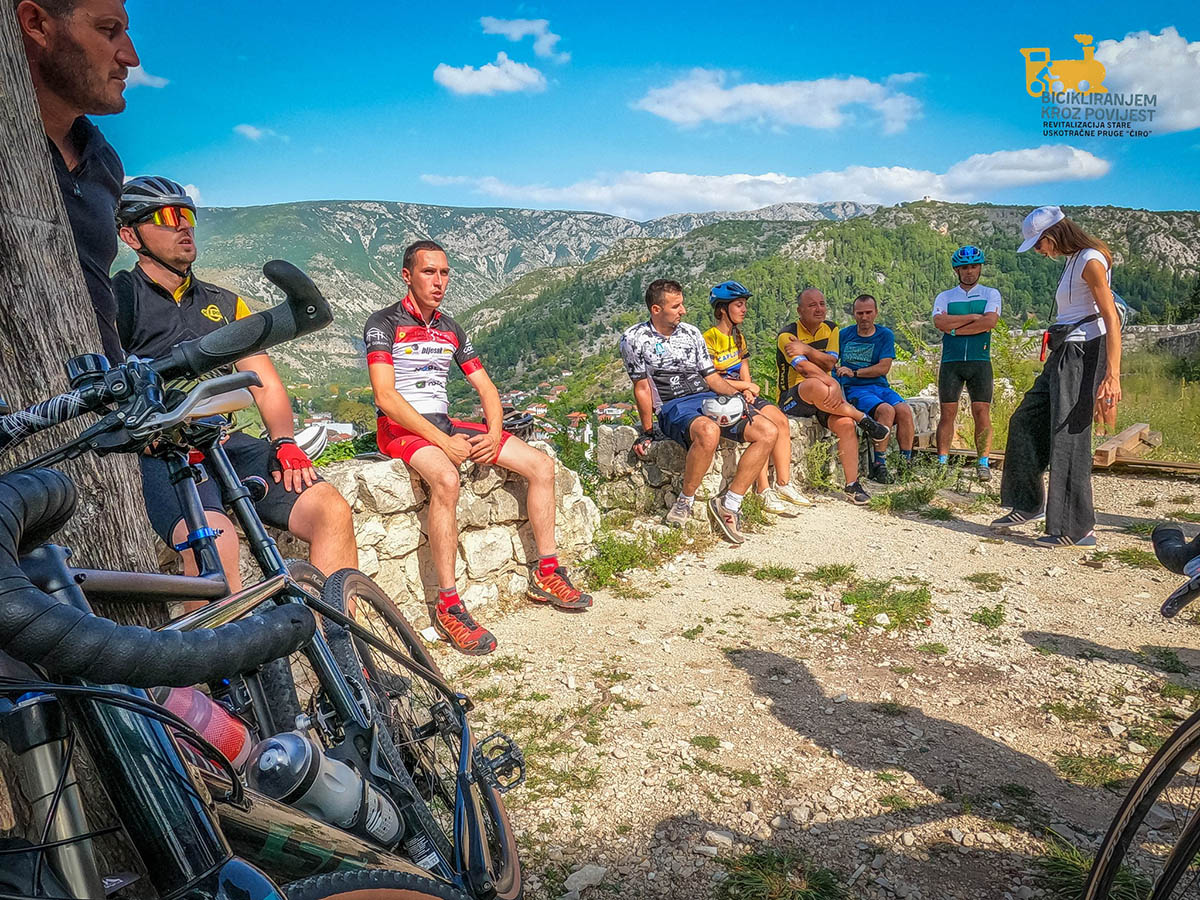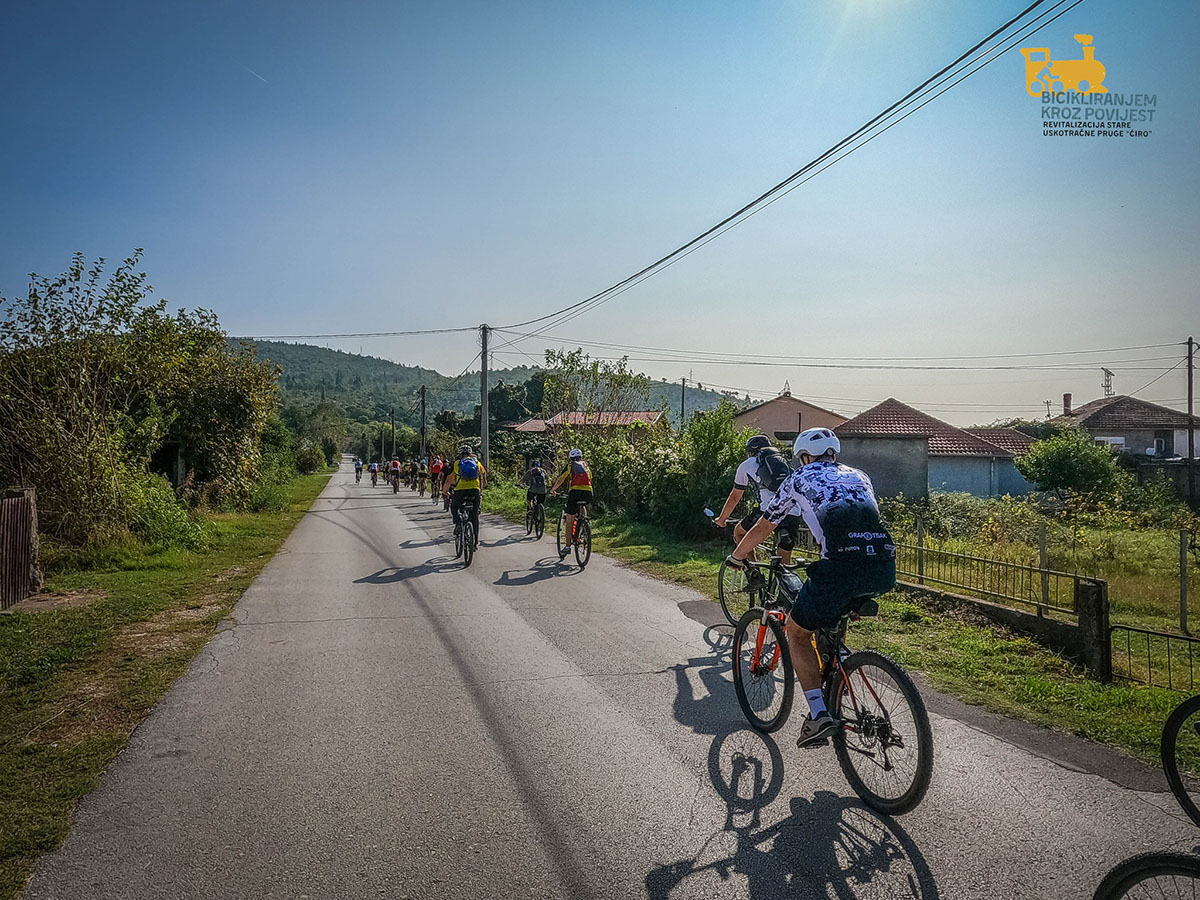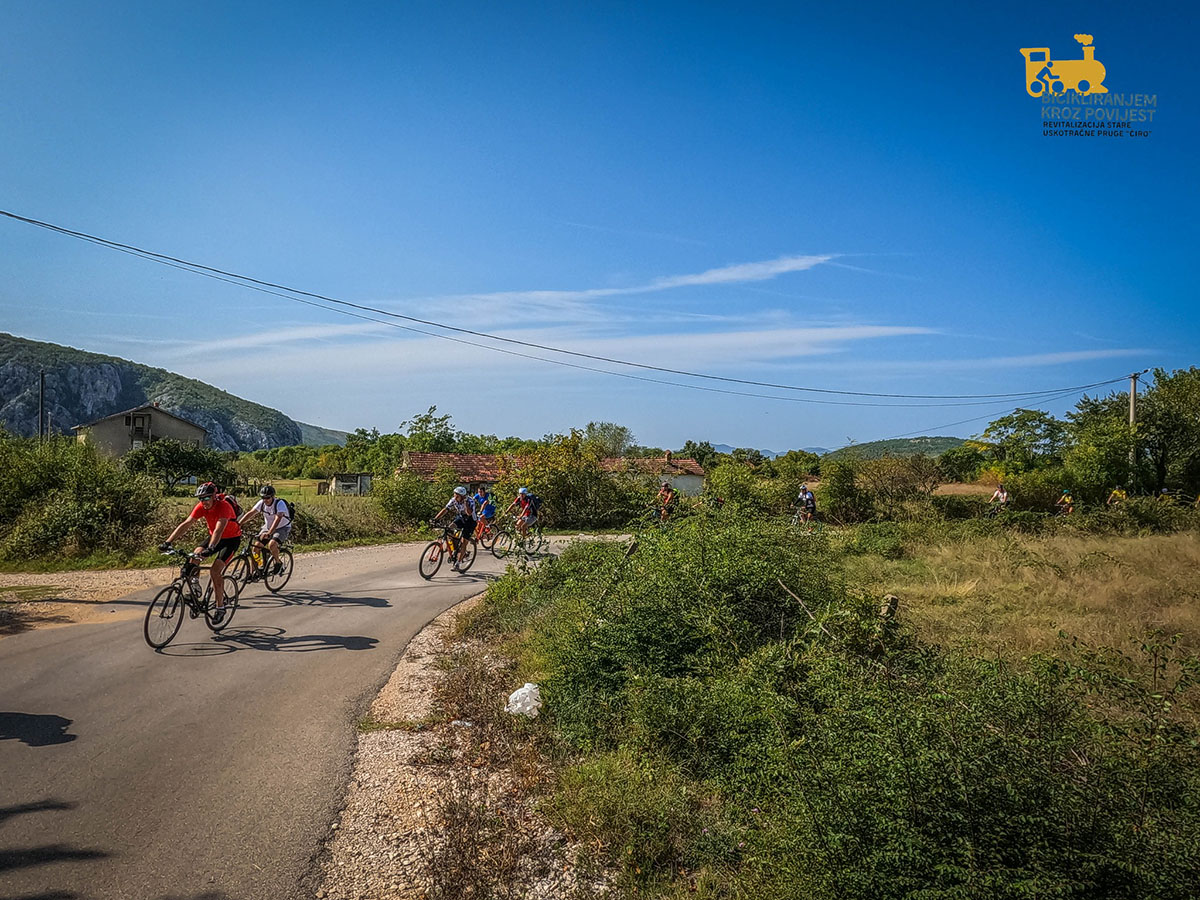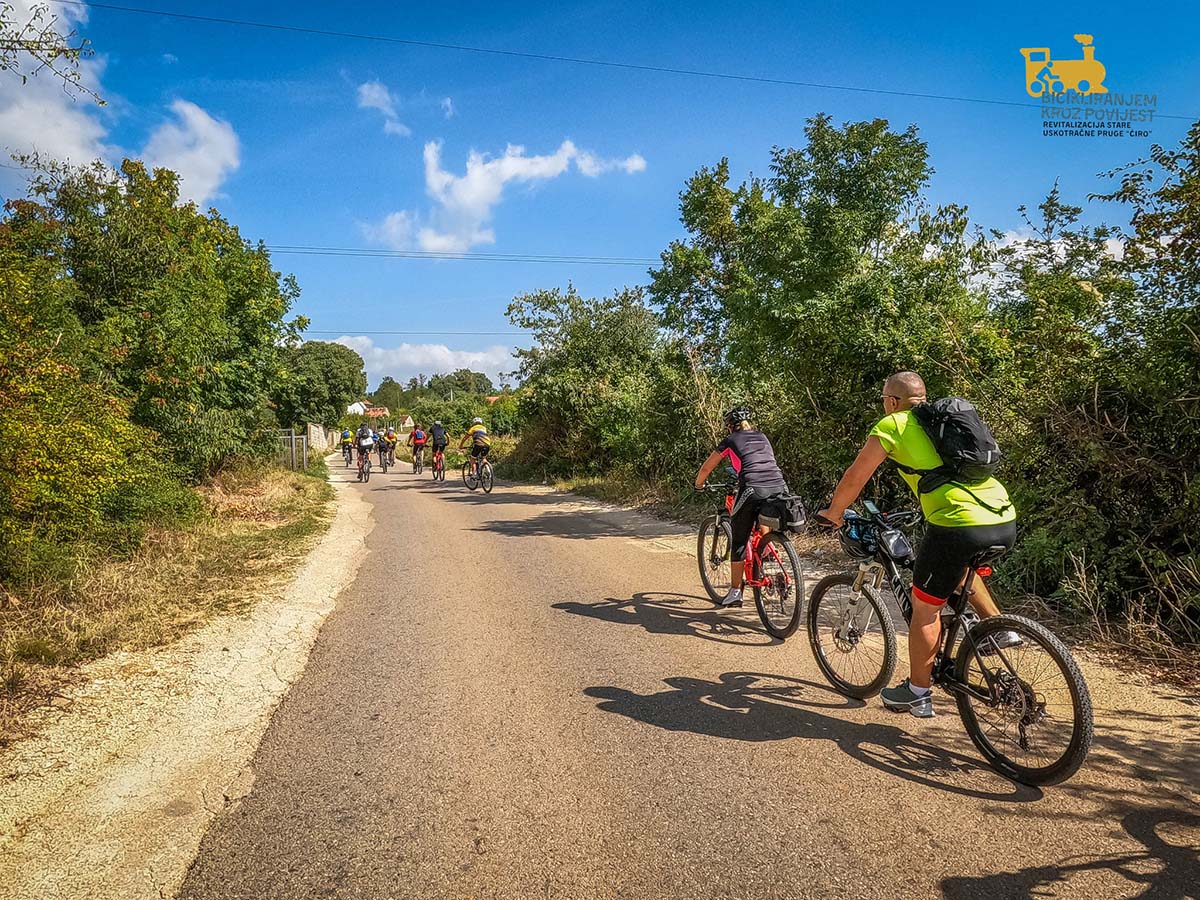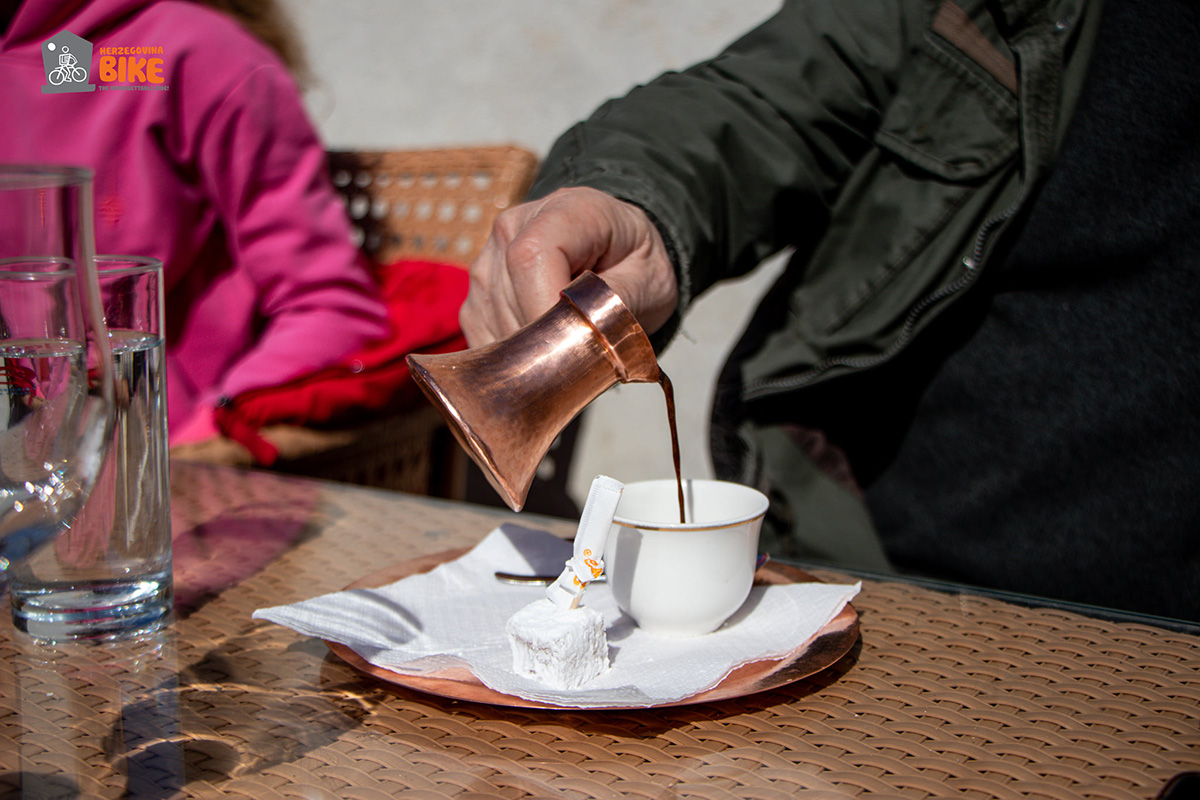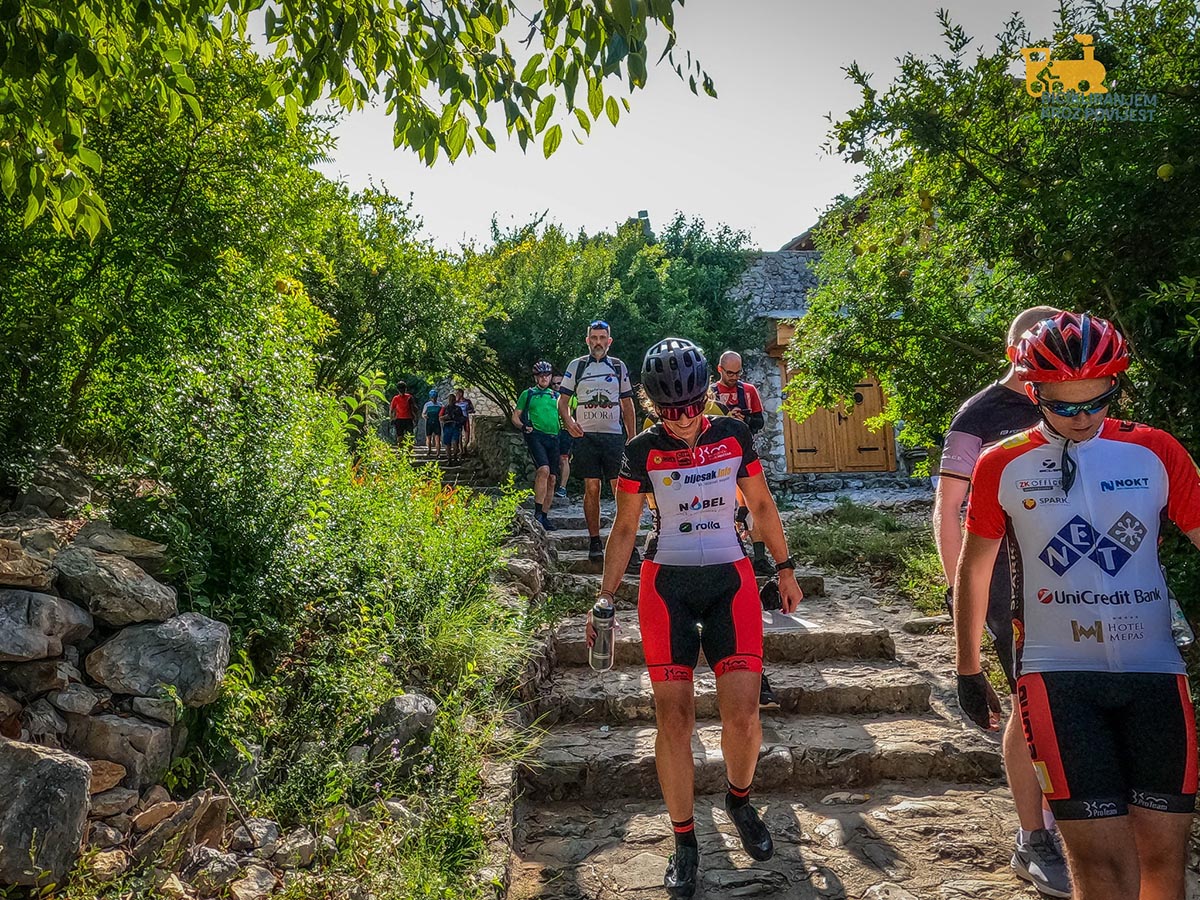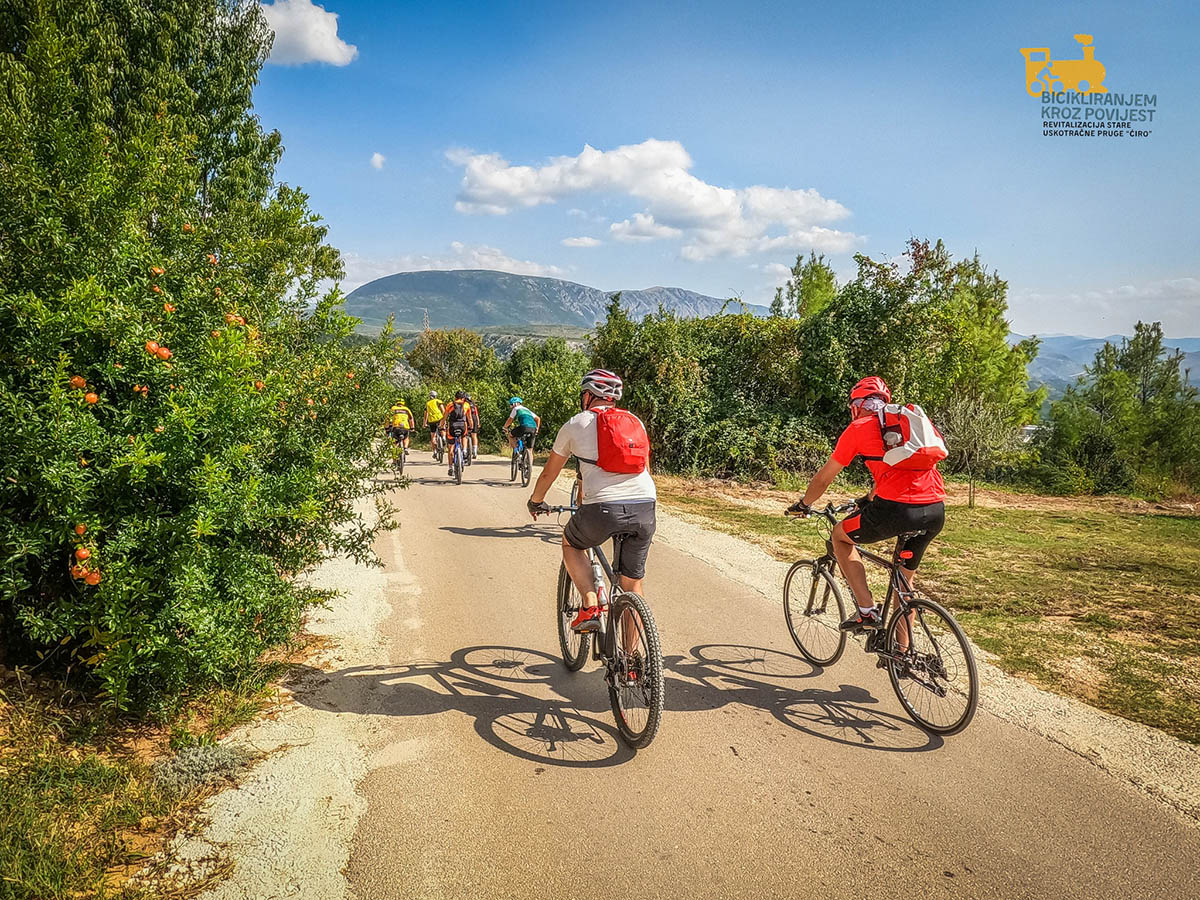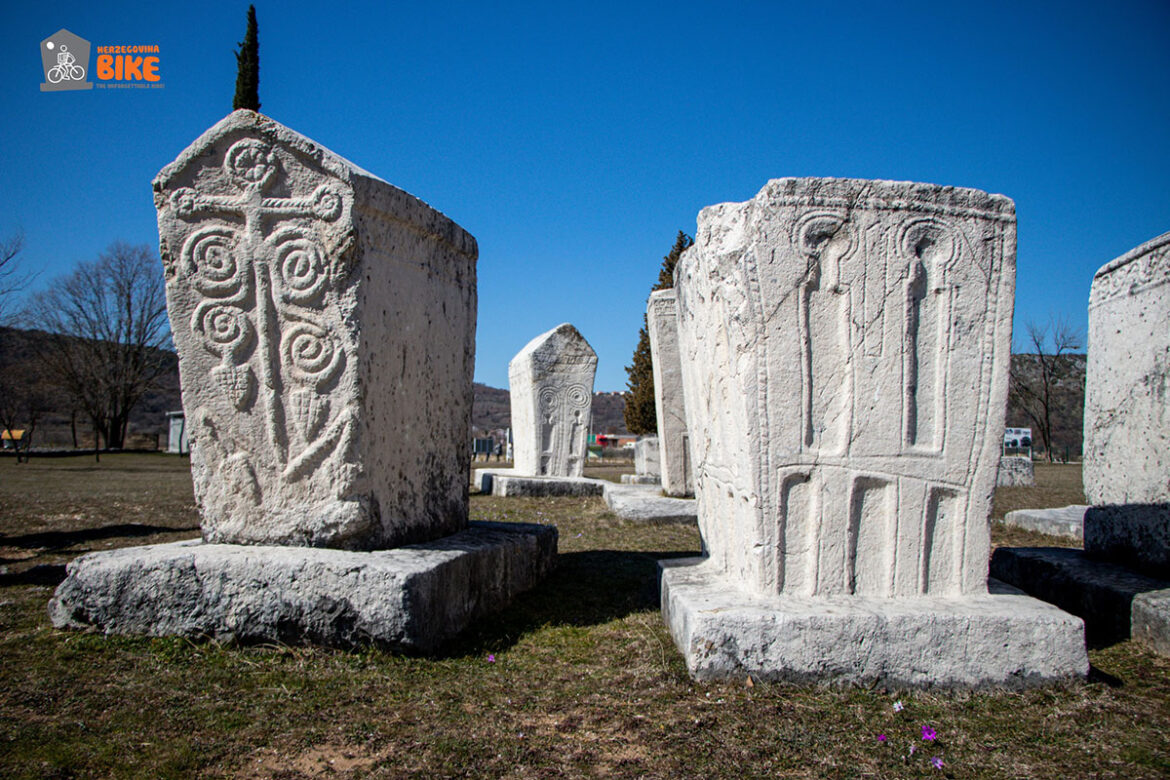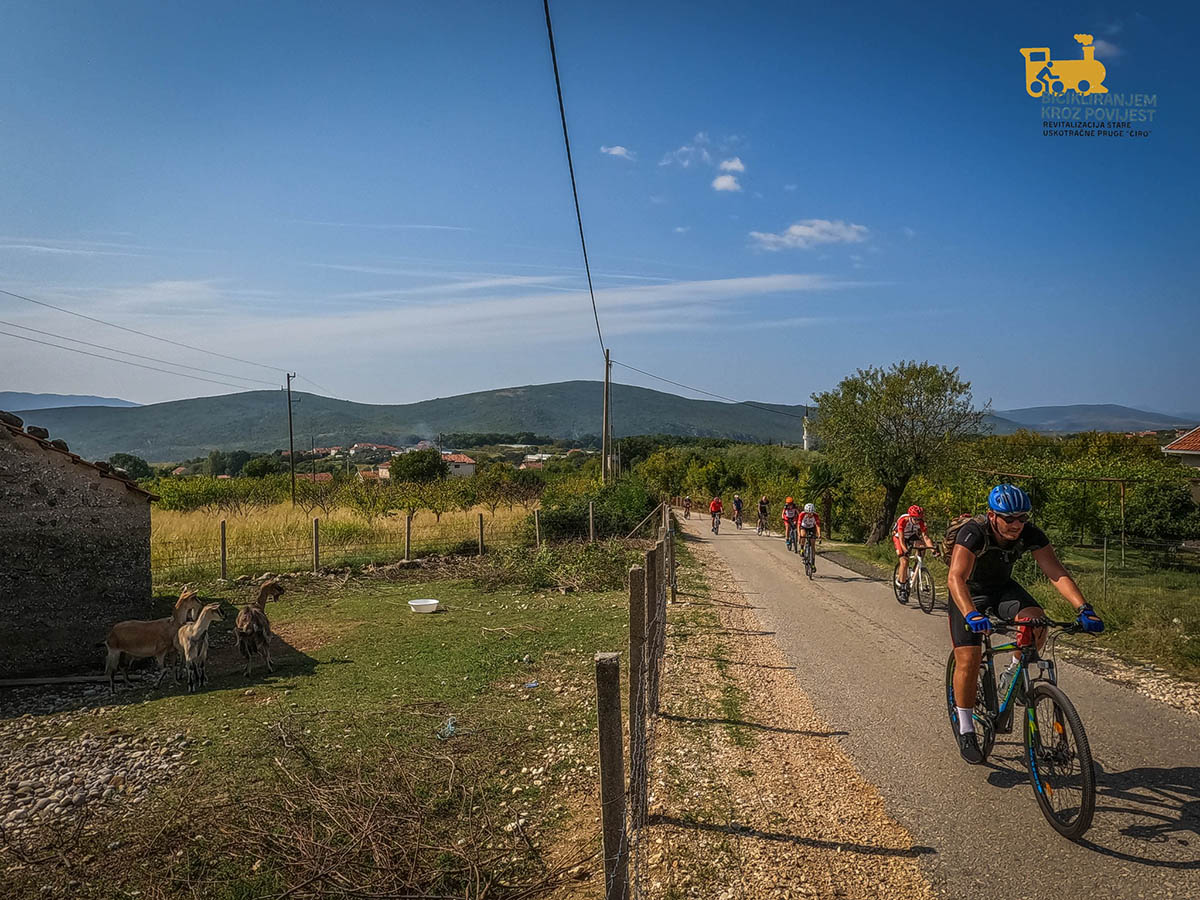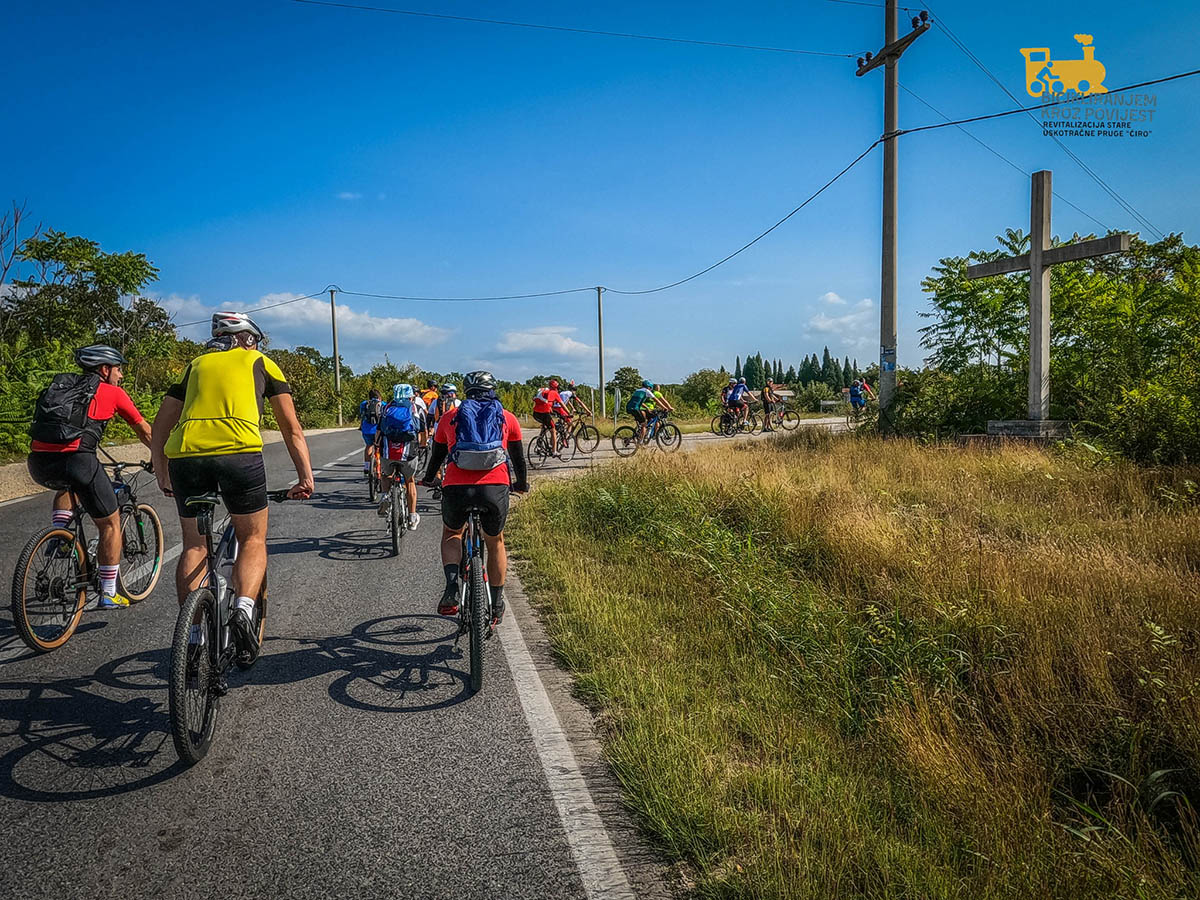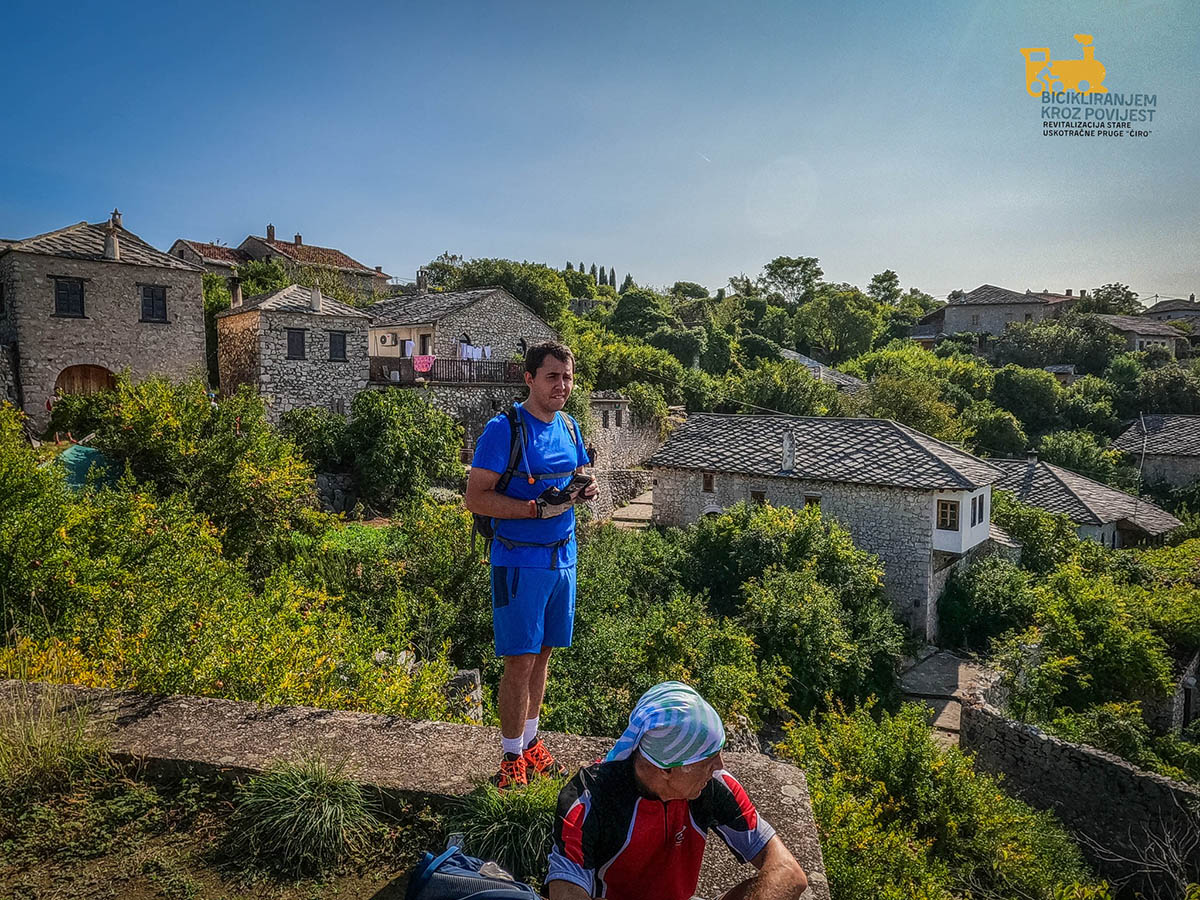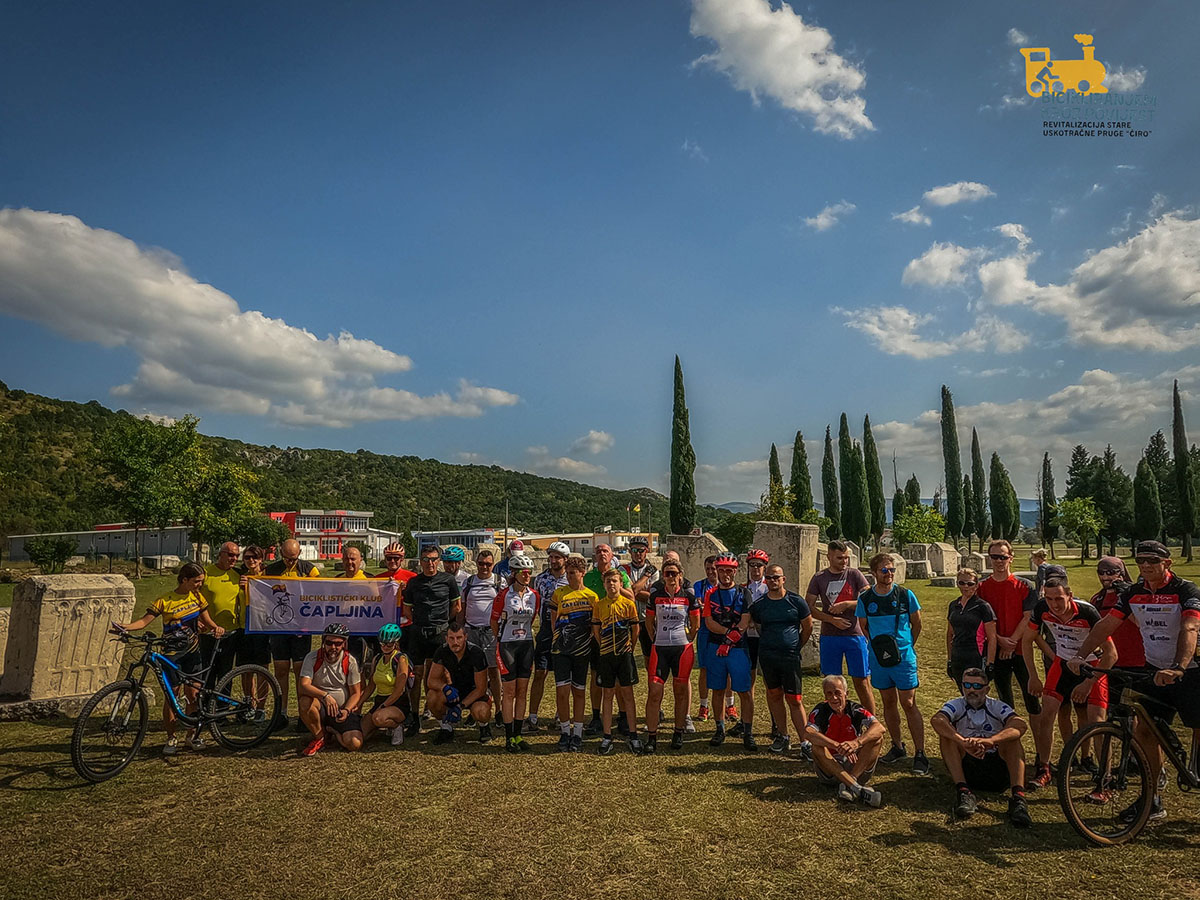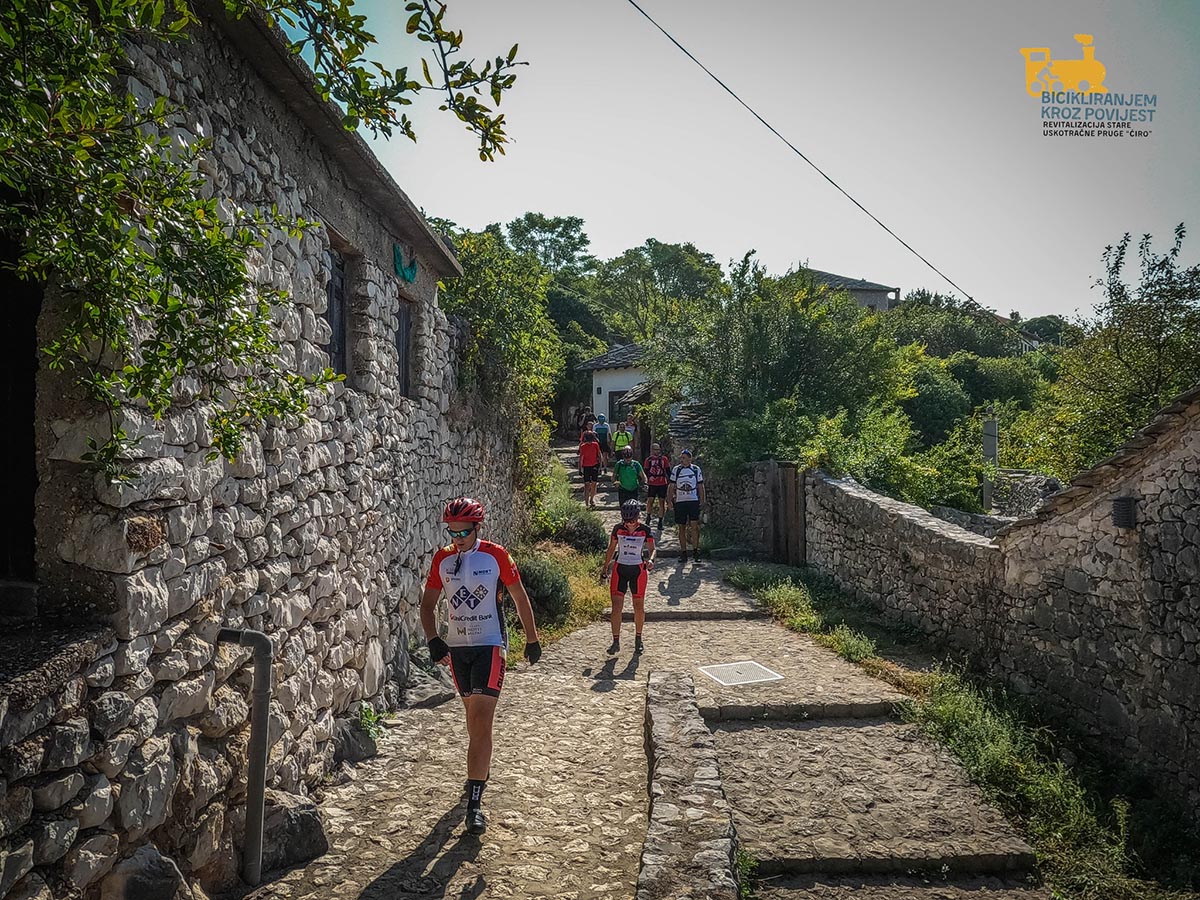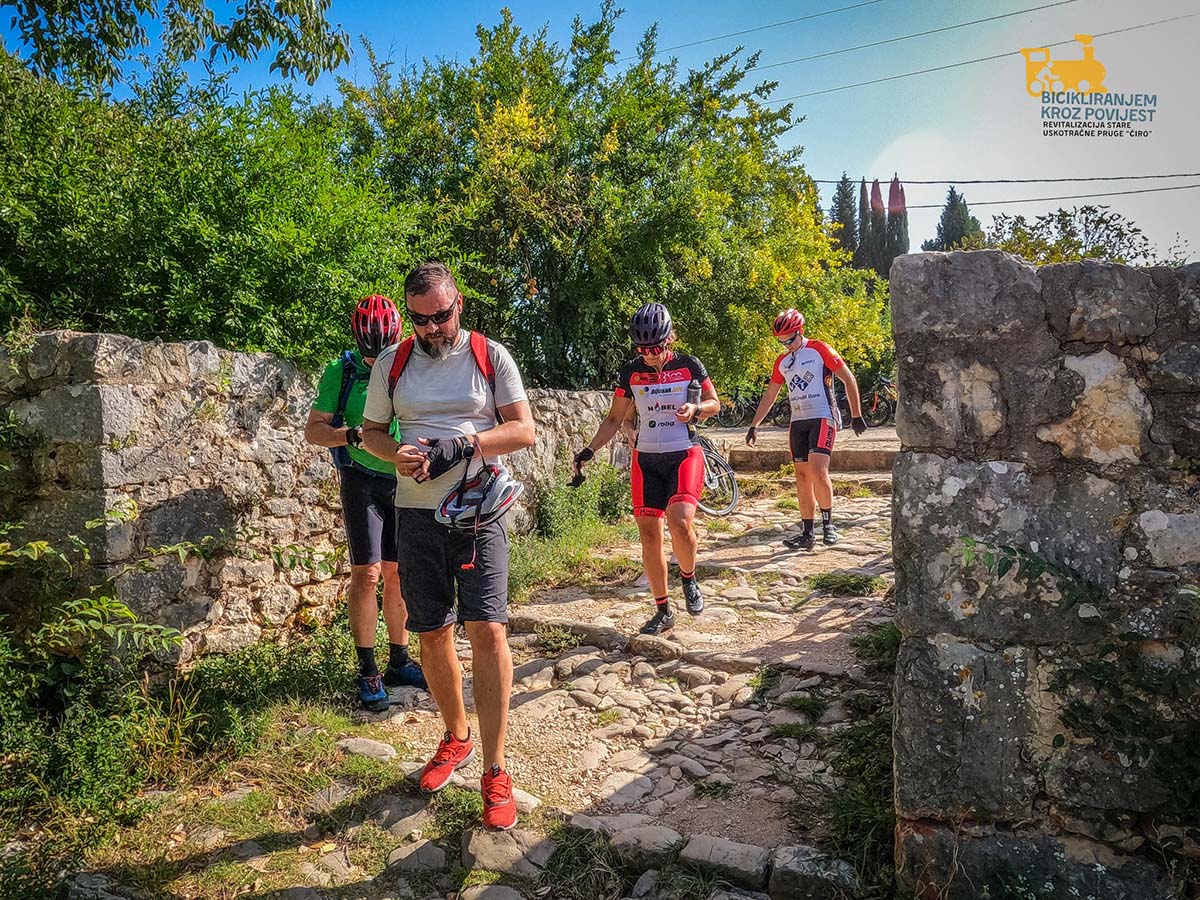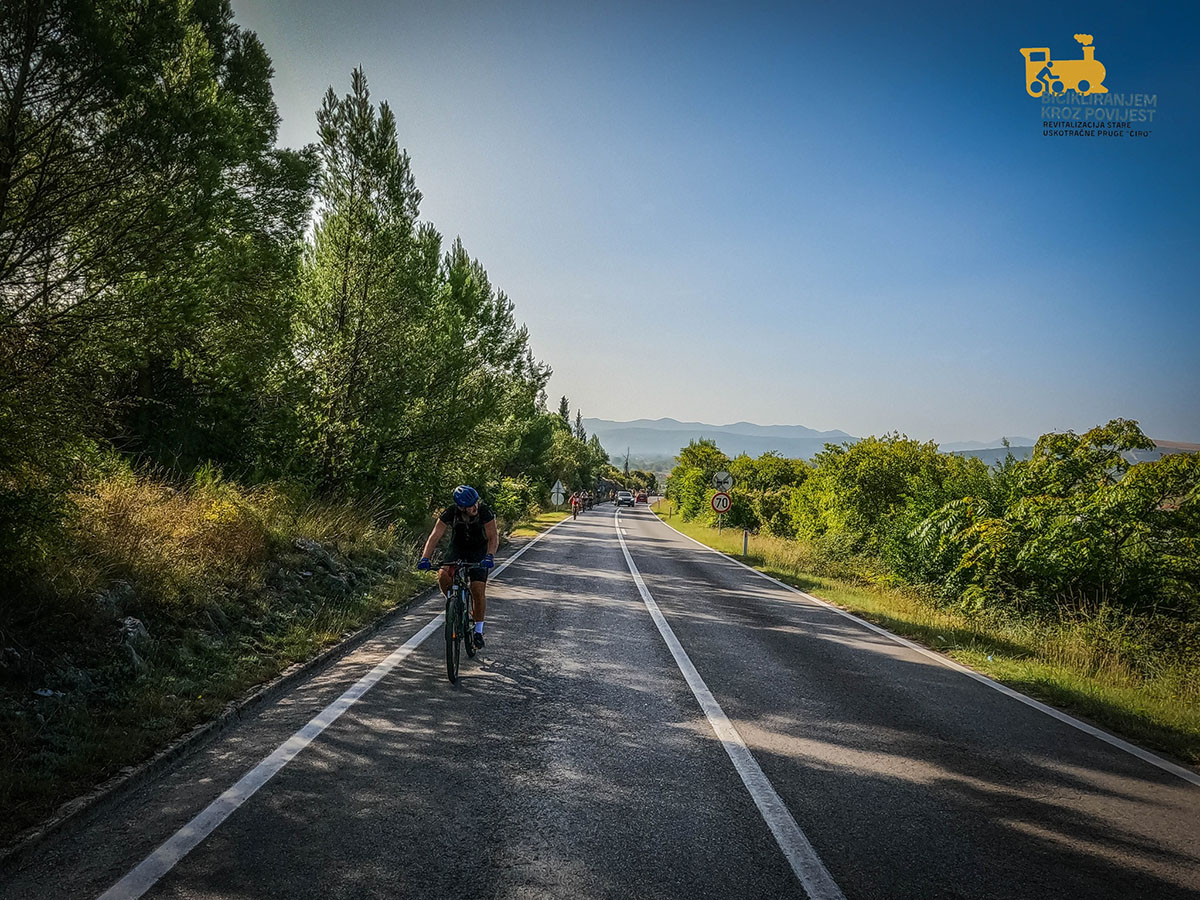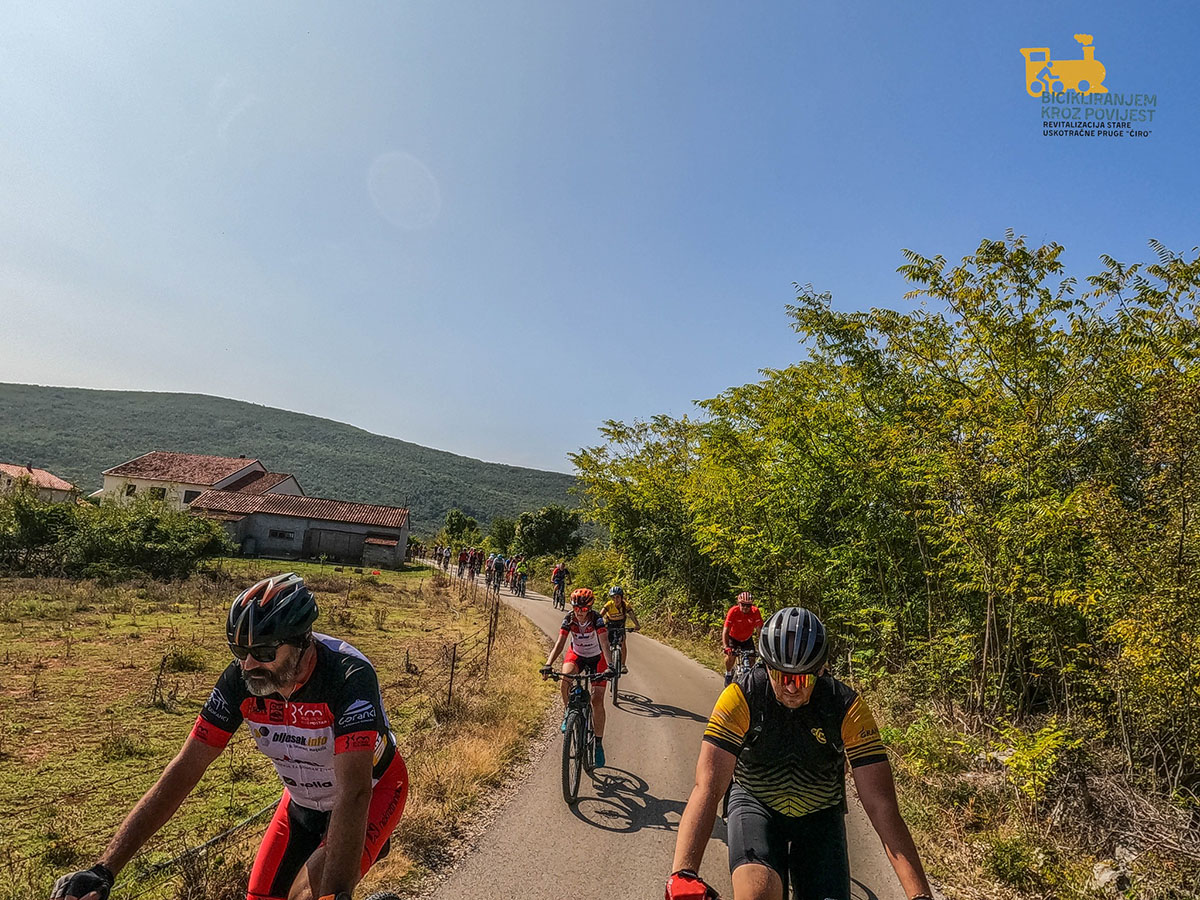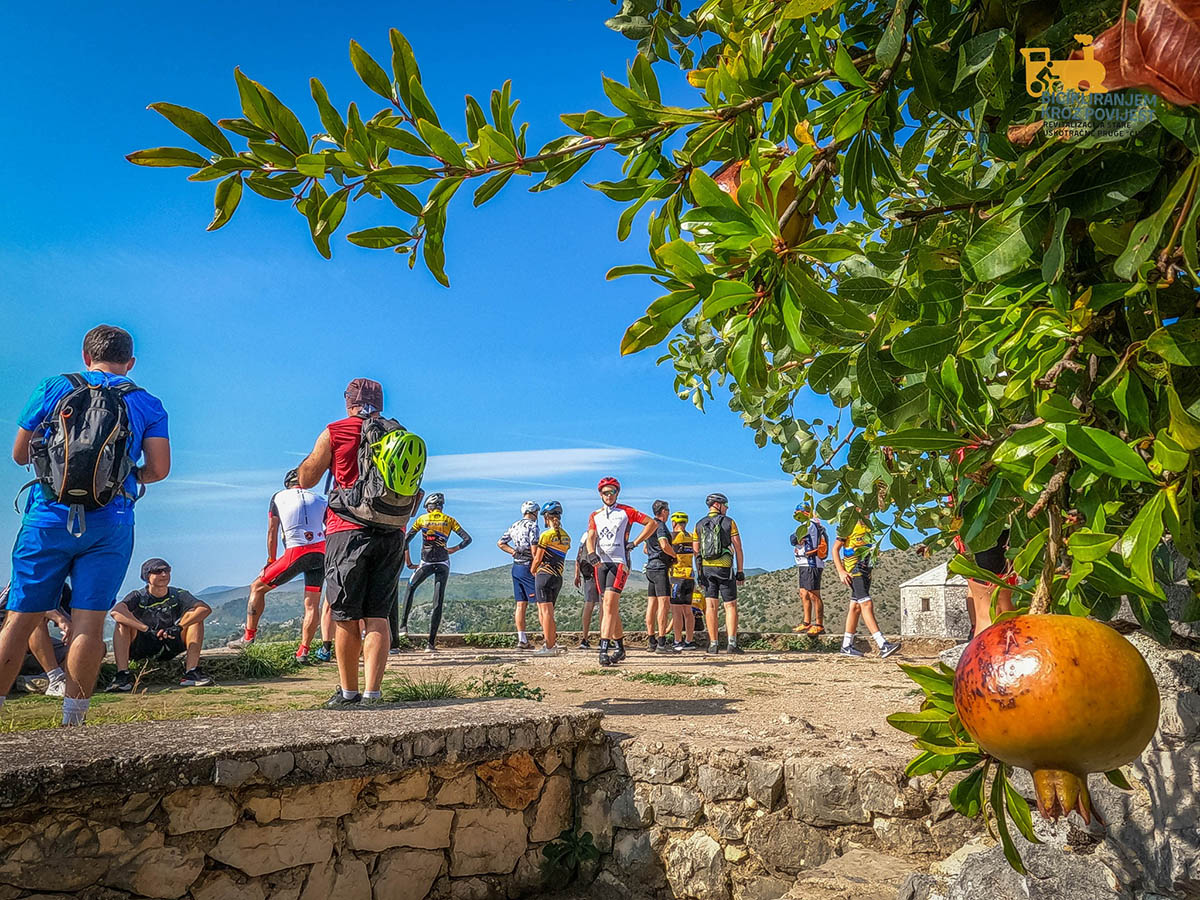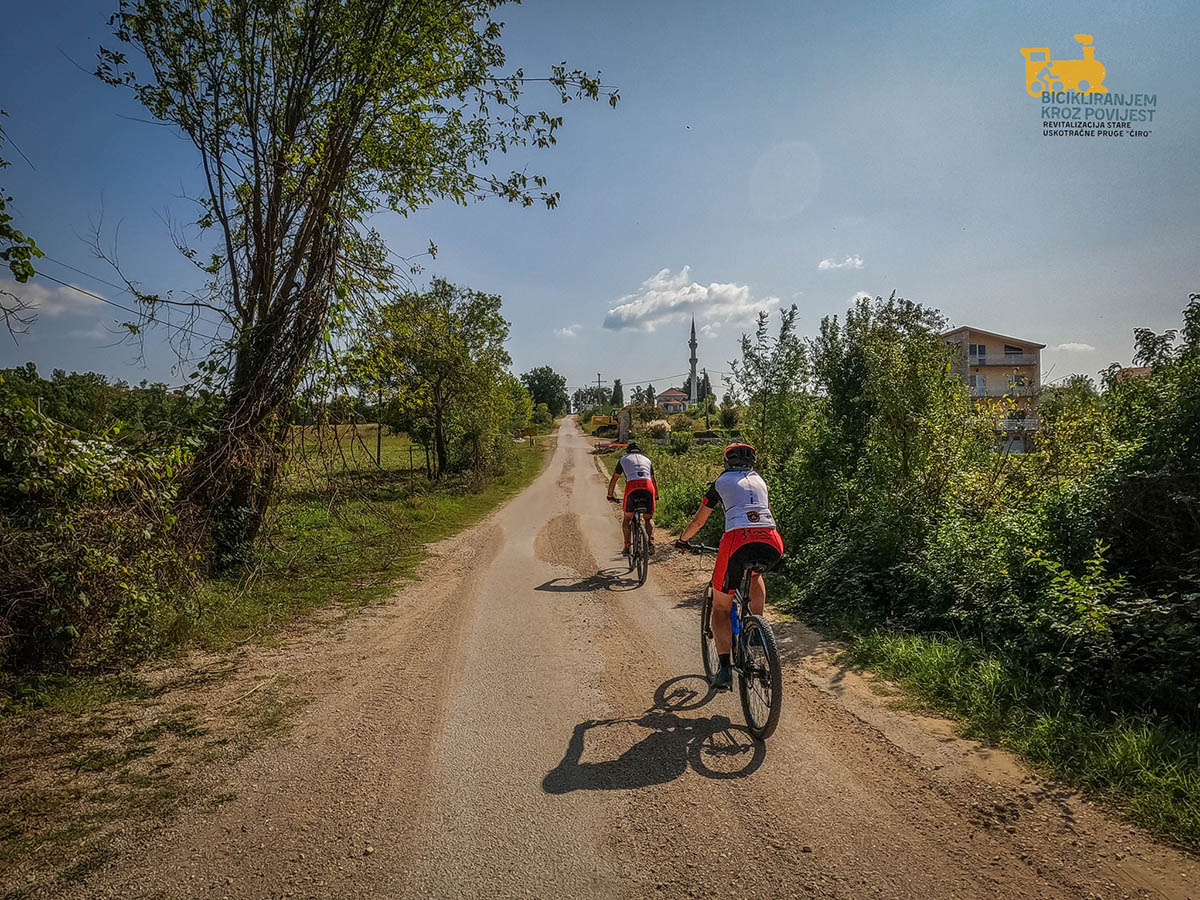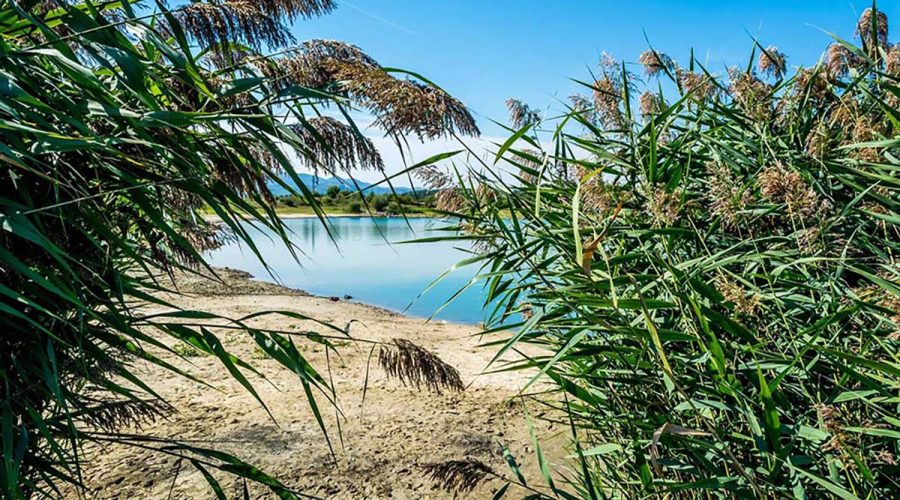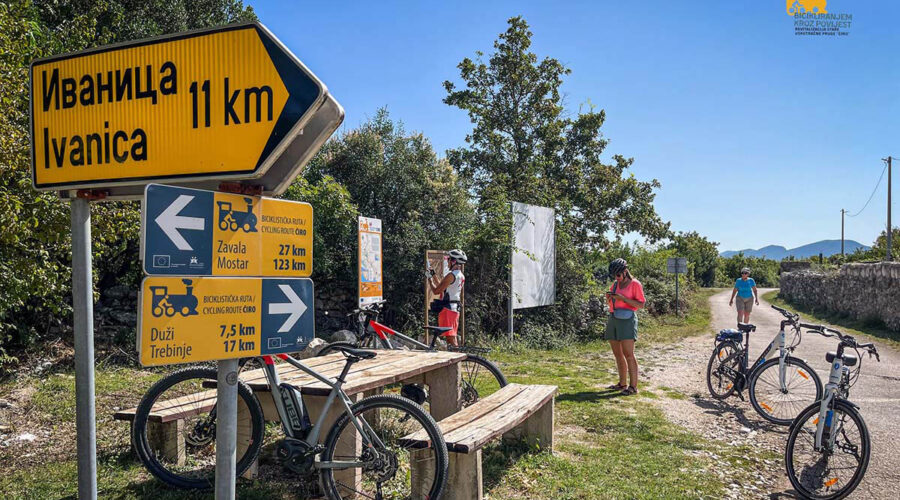Ćiro Heritage: World Heritage Trail – A Cycling Adventure Through the History of Herzegovina
The history of Herzegovina is intertwined with the Ćiro railway line, one of the most important transport infrastructures from the Austro-Hungarian era, which connected Herzegovina and Southeast Europe with its narrow-gauge trains. Today, this history lives on through the cycling trail “Ćiro Heritage: World Heritage Trail,” offering cyclists an incredible opportunity to discover the wealth of cultural and historical heritage of Herzegovina while riding along a path that follows the traces of the former railway.


A Journey Through History
Begin your adventure in Čapljina, where a visit to the Old Town of Počitelj awaits, one of the most picturesque destinations in Herzegovina. This medieval fortress, built in 1383, played a strategic role in defending the Neretva River valley and remains a place with preserved Oriental charm and a rich cultural offering.
After that, the ride takes you through peaceful rural areas, along asphalt and gravel sections. For the full experience of this trail, a gravel bike is ideal, allowing you to explore the most beautiful parts of Herzegovina, enjoy the nature, and meet the local life. The trail stretches through ascents and descents, offering a real challenge for all cyclists, as well as the opportunity to reach some of the most important historical landmarks.

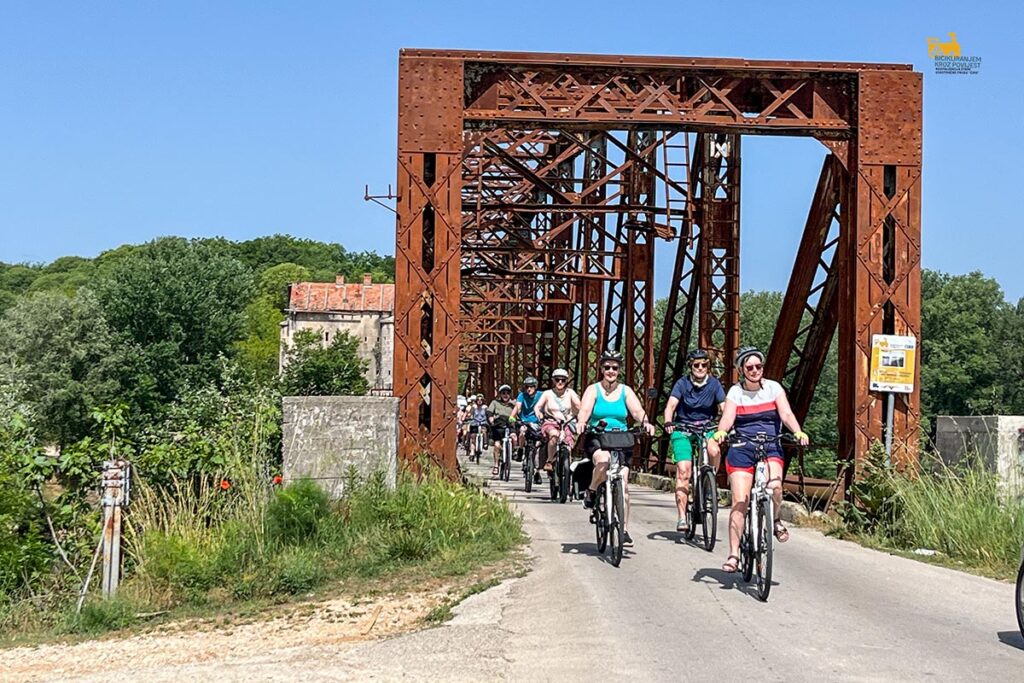
Radimlja Stećak Necropolis and Stolac
One of the most significant historical sites along the trail is the Radimlja Stećak Necropolis, located just a few kilometers from Stolac. With 150 preserved stećci (medieval tombstones), this necropolis is considered one of the most important monuments of medieval heritage in Bosnia and Herzegovina, and its artistic and cultural value makes it an essential part of your cycling journey.
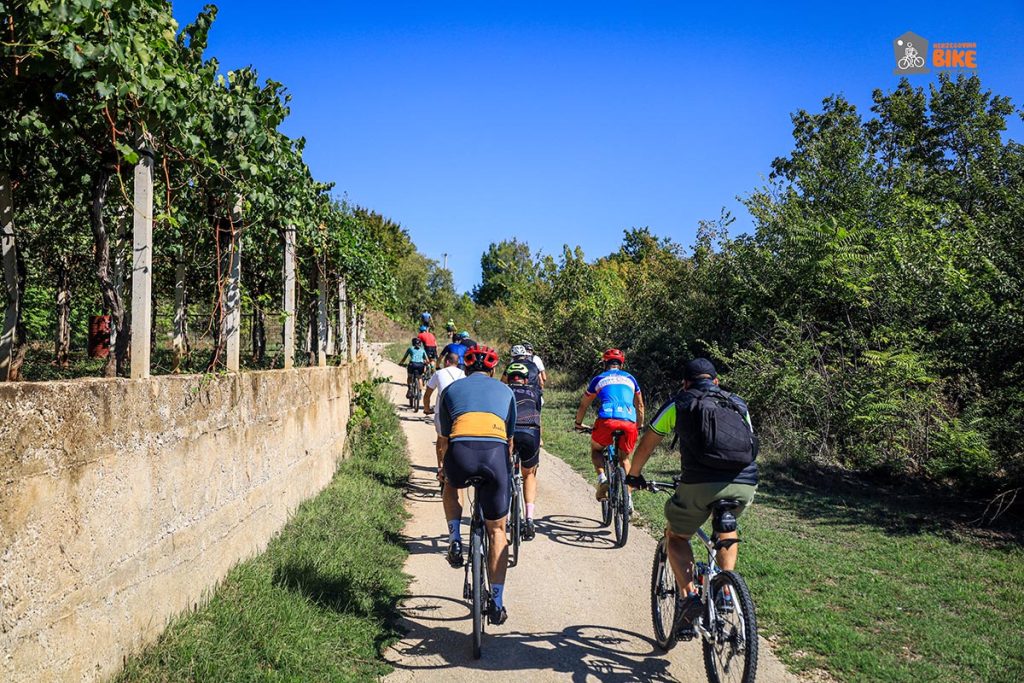
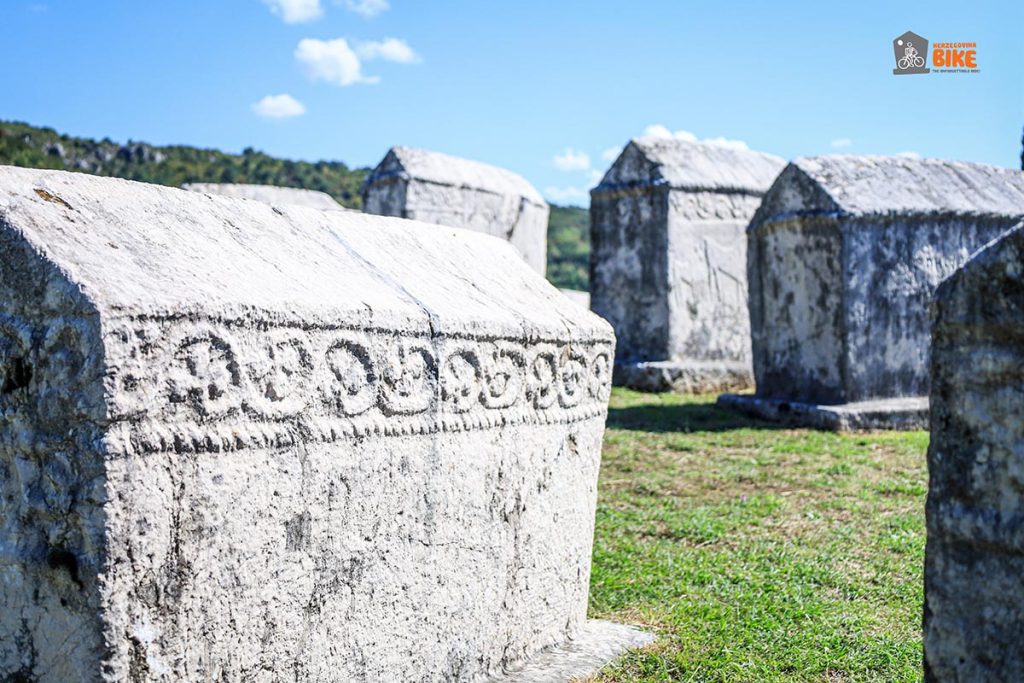
After Radimlja, cyclists can enjoy a break in Stolac, where you can sip local coffee and enjoy the traditional “Smokvara” cake. Stolac, with its rich history and landmarks such as the Old Town of Križevac and Daorson, offers much more than just cycling. After enjoying coffee, the ride continues to the Boljuni Stećak Necropolis, known for its numerous inscriptions on the stećci, and then towards Neum, through stunning landscapes and the old road, now a favorite among cyclists.
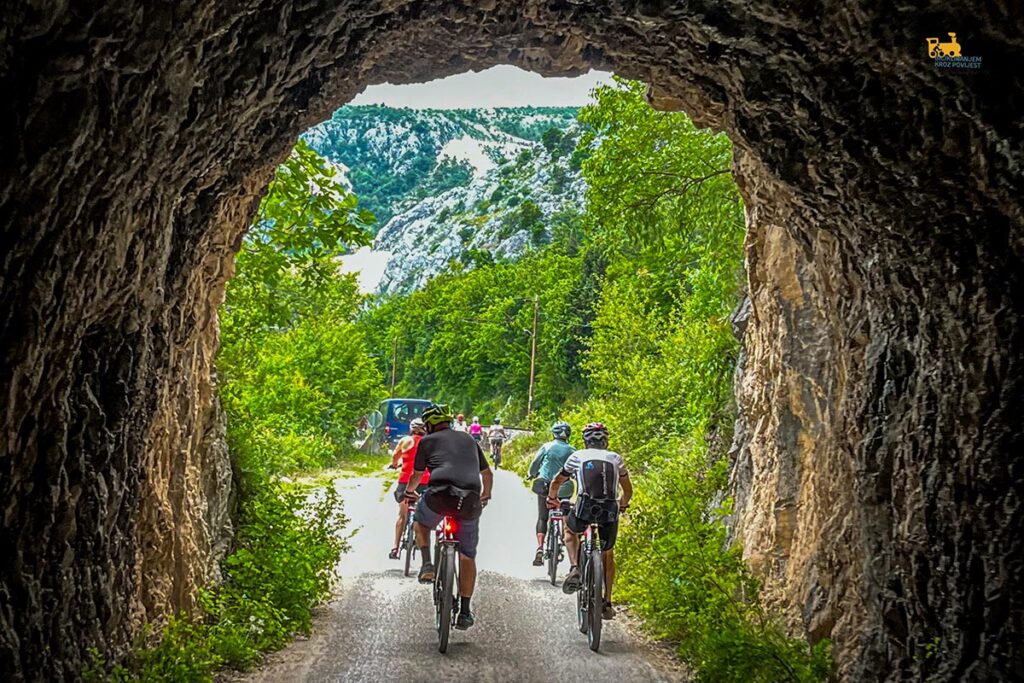

Along the Ćiro Trail to Neum and Beyond
The final part of the trail takes you towards Neum, then towards Hutovo, where you reconnect with the original Ćiro trail leading to Ravno. Here, at the end of the trail, you can visit the fascinating Vjetrenica Cave, one of the most famous natural landmarks in the region.
For those craving a longer journey, the trail can be extended all the way to Trebinje, and you can even venture towards Dubrovnik and Montenegro, continuing to explore the wonders of the Ćiro trail.
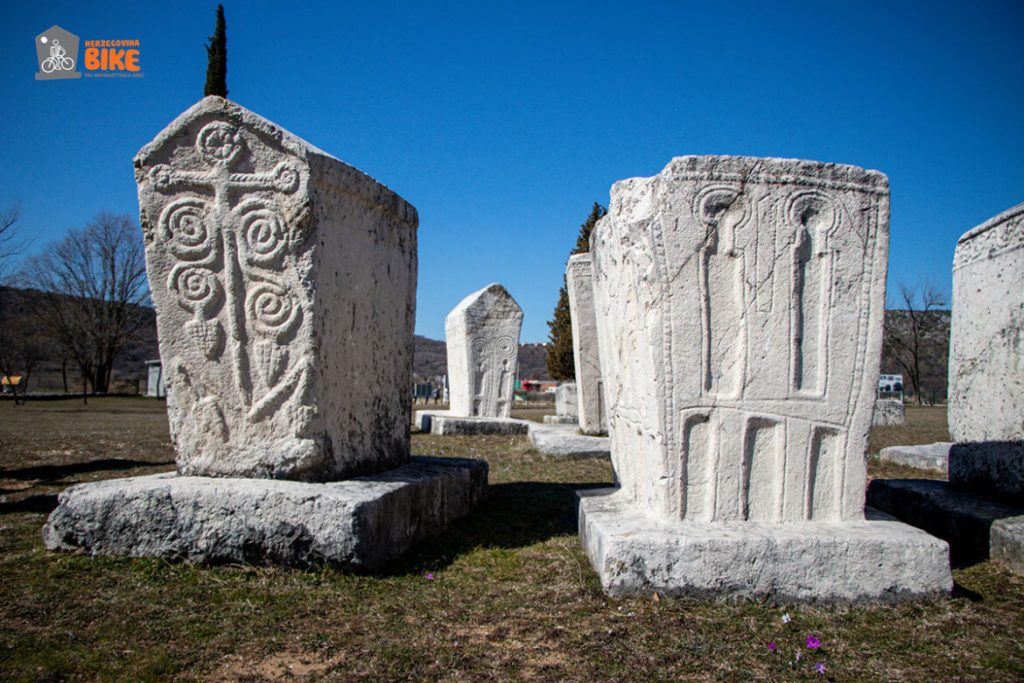
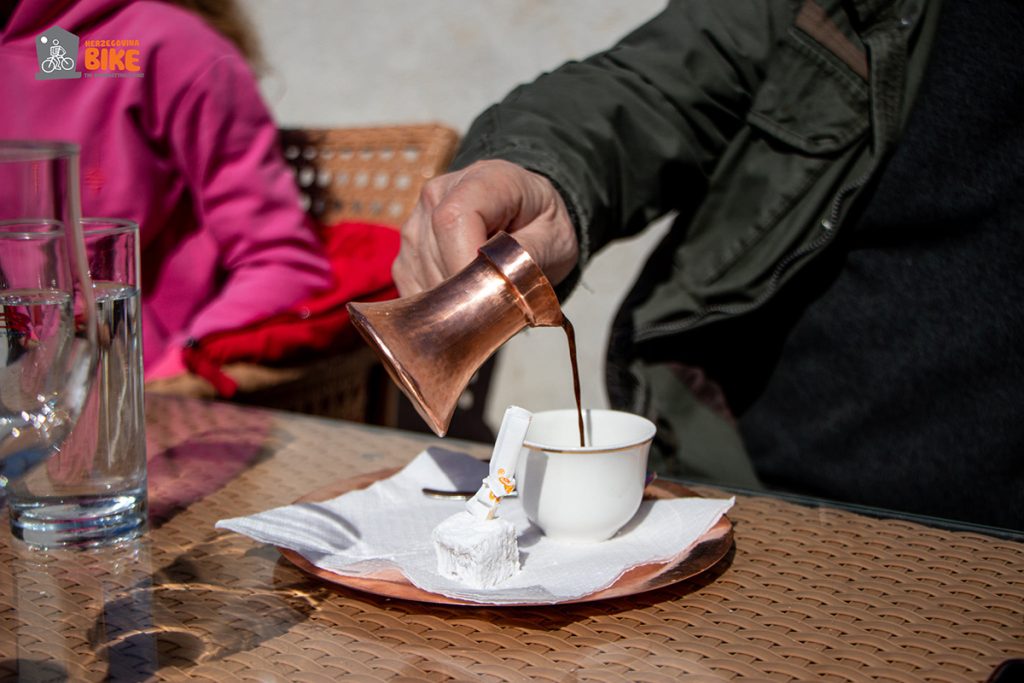
Begin Your Cycling Journey Through History and Nature
The “Ćiro Heritage: World Heritage Trail” is not just a ride, but a true journey through time. By cycling this trail, you will discover the cultural heritage of Herzegovina, historical monuments, and natural beauty, all in a cycling way. Ready for an unforgettable experience?
Welcome to the Ćiro Trail – Herzegovina awaits you, and Ciro will guide you!
